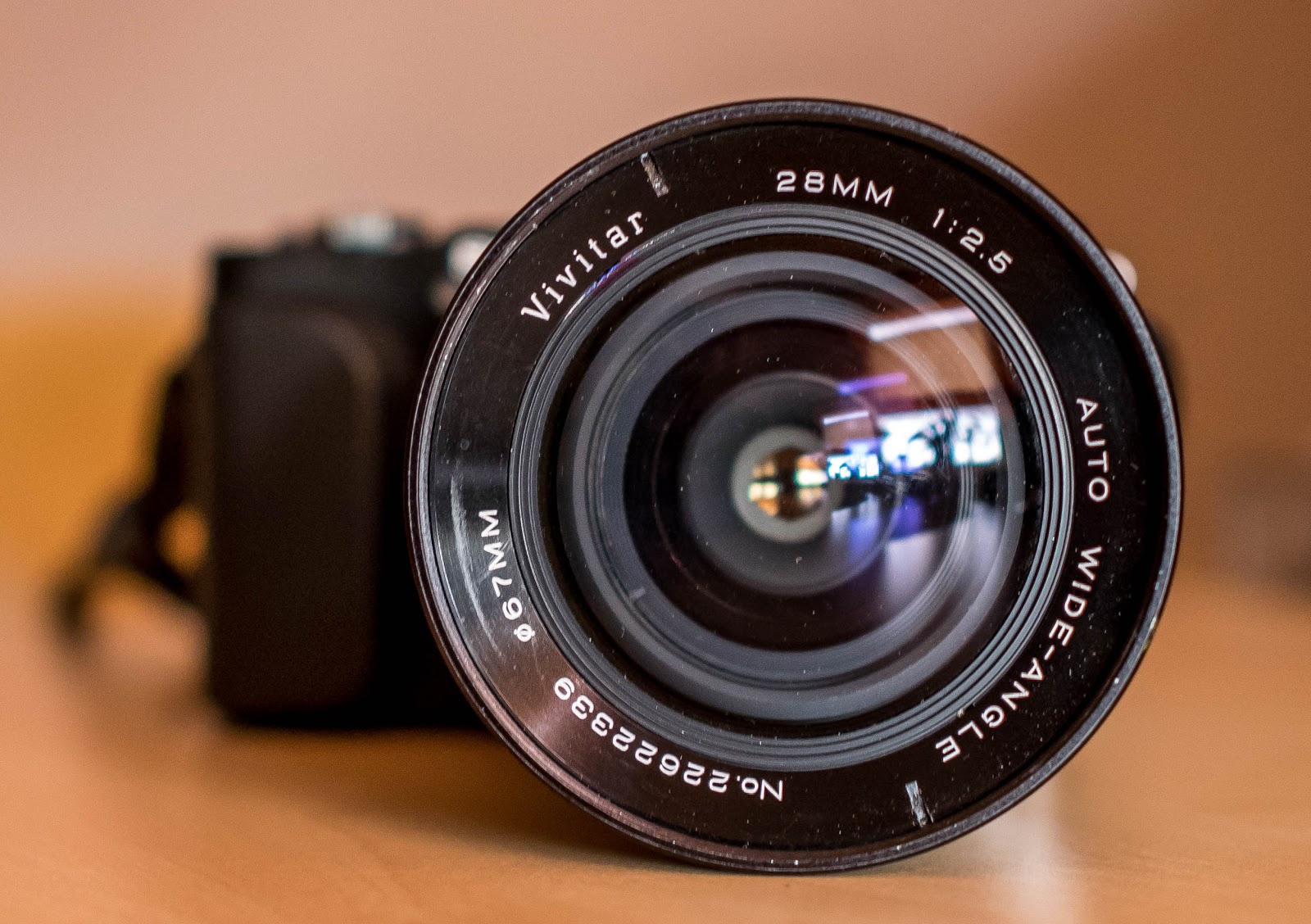The Industar lenses are very often discussed on the Internet. There are already a number of reviews and most speak very positively. From the well-known lens Industar 61 there are different variants with focal lengths from 53 to 58 mm depending on production run. All of this lenses were produced since the 30s of the 20th century in Russia. More specifically, in the Ukrainian city of Kharkov. The Ukraine was then a constituent republic of the Soviet Union, like Russia or Kazakhstan. The factory in which the Industar lenses were manufactured was called FED. Exactly the same name got the cameras manufactured there. Here you see a typical FED-camera named "FED5c" from the 1950s, the time of cold war. Good friends have given me the camera as a birthday-gift some time ago.
I have adapted the Industar lens on my SONY NEX-3N and try to take some photos with it. Here are two photos with the adapted lens at the little Sony:


The Labour Commune FED is an invention of the Russian pedagogue Makarenko. He has founded it in 1927 as "Trudkommuna imeni F.E. Dserschinskowo" in the Ukrainian city of Kharkov. The initials F.E.D. are first name, patronymic and surname of the bloody founder of the Soviet secret service "Cheka": Felix Eduardowitsch Dsherzinsky. The commune hundreds of orphans were brought up by Marxist ideas. This included the work of the children. The children worked in two four-hour shifts. Four hours of class and four hours of work. First the labor community produced furniture and from the middle of the year 1932, replicas of the German Leica cameras and Leica lenses. Many of the FED cameras was copies from the original german Leica III with M39 mount.
OK, first the statistics: the Industar 61 is a single coated Tessar variant with 4 elements in 3 groups, the filter size is leica-like 40,5 mm. It has six conventional blades. You can stop down it to f/16 or in other production types to f/22. The closest focus distance is typical for rangefinder- objectivs: uncomfortably one meter. It is 38mm long and the greatest diameter is 54mm. It weighs only 129 grams. "L / D" in the name of the lens indicates that the glasses were impregnated with the rare earth Lanthanum. Lanthanum is actually slightly radioactive. However, the radiation is less than the background radiation we are exposed on earth anyway. On every flight through the earth's atmosphere, the radioactive pollution is much higher. A visible sign of the radioactive impregnation of the glasses is the yellowing of the lens if you have stored it a long time in the dark. The Industar 61 L / D is supposed to have the same optical calculation as the Elmar 50mm f/2.8 made by Leica since 1957.

The handling ist neat, distance and sharpness can be adjusted easily. On backlight, the lens is very sensitive. The colors and contrast are fading. Here is a detail from a photo. Approximately 60% circumcised. The light came from above right. You should use a screw lens hood for Leica.
What are Cons and Pros for using this lens?
The price is very nice: you can get it together with a FED-Camera by EBay or every used-merchandise trade for less then 20 Euros. The M39 mount adapters for Sony-NREX or mft are slightly and slim. It has a pretty solid built quality and the colors are great, when you stopped down.
And the Cons? The sharpness really lacks. It is open very soft, you must stopped down to aperture 4 or 5.6 to get sharp images with good contrast and colors. It is very difficult to focus when the lens is adapted on Sony NEX, regardless of whether you use focus peaking or not.
The bokeh is choppy but not unpleasant.
Here some pictures wide open. You can see here the softness, not only in the center.
And my conclusion? That is very difficult to say. For the low price, the lens is a very good choice. On the other hand, there are a lot of good lenses with a focal length of 50mm for a little money. Among them are really good pancakes, such as the
Minolta MD 50mm f / 2.0.
If you caught a good specimen and must pay very little money, then I would recommend it. Otherwise, other manufacturers also have very good lenses in this focal length.


















